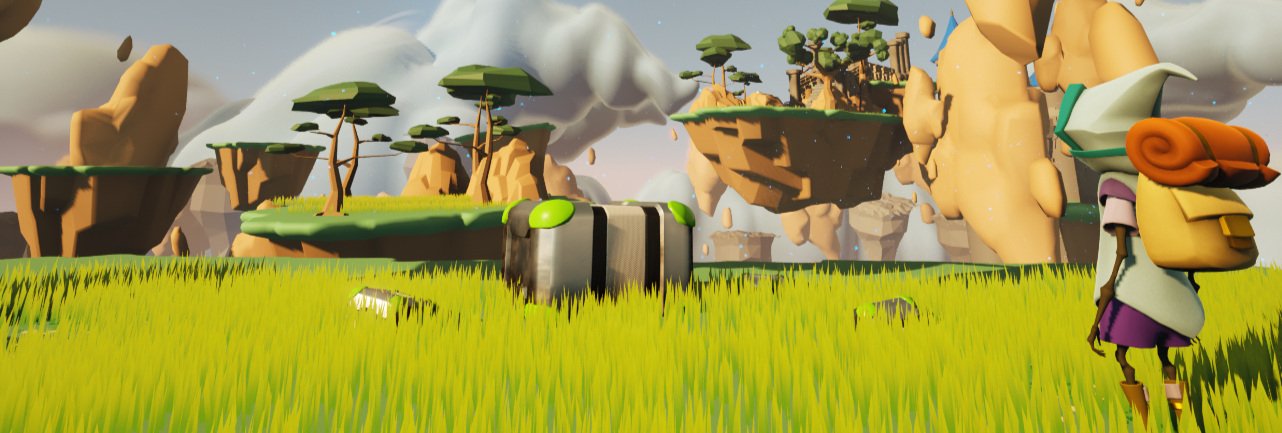
CGMA Level Design Studies
Level Design Studies

Below is a short recap of the key skills and ideas that I learned during my time with CGMA. These studies are a collection of several levels that highlight specific level design techniques that I learned during this 10 week course taught by Shane Canning (Lead Level Designer at UNSEEN Inc) and all blockouts were created in Unreal Engine 5.
Setup and Metrics
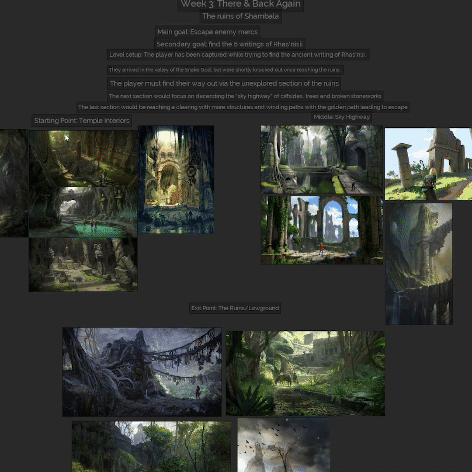
Research and Planning
- Research what sort of space the blockout will be and use planning tools such as PureRef and Figma.
- Create “gym levels” to test player metrics
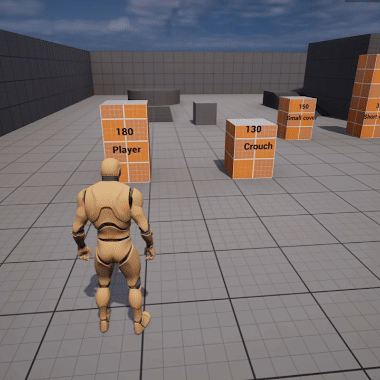
Blockout Metrics
- Baseline set of geometric cubes at varying sizes in Unreal Units.
- Establishing metrics to create small spaces to test basic player interactions.
- Experiment with the extremes of the established metrics, such as denial of space.
Shapes and Psychology
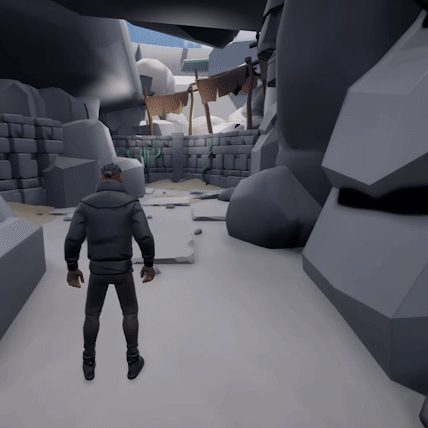
Shape Language
- Use a variety of basic shapes, both in size and scale, to help express the intent of the space.
- Use rounded edges and soft angles to guide the player forward or deny areas to the player by using sharp or “harsh” looking shapes.
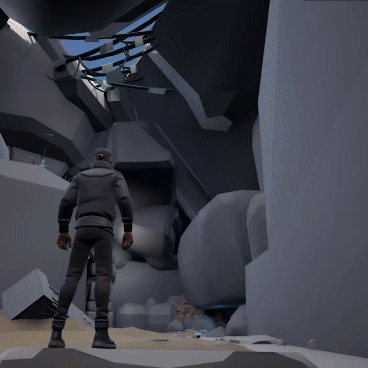
Emotional Responses
- By focusing on the intended emotion of the player, I used soft, rounded shapes to encourage exploration, while sharp or angular shapes convey fear.
- Tension or calmness can be created by the use of negative space. The less room the player has to operate in, the greater the tension and the inverse would allow the player to feel a sense of ease to explore the space.
Composition and World Building
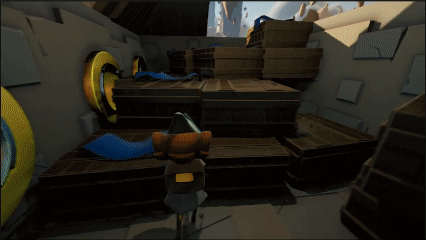
Framing the Scene
- The position of shapes helps guide to player towards the intended location, or could help them discover secrets.
- Color helps to quickly create affordances for the player. By using color, I am able to guide to player, show the bounds of the space and display danger without taking away player agency.
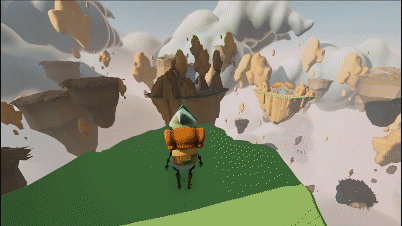
Important Places
- By establishing different locations with my levels, I’m able to showcase a variety of places with varying importance.
- Using the notion of Landmarks, Points of Interest and Focal Points, I am able to create a interesting and believable spaces.
Level Beats and Pacing
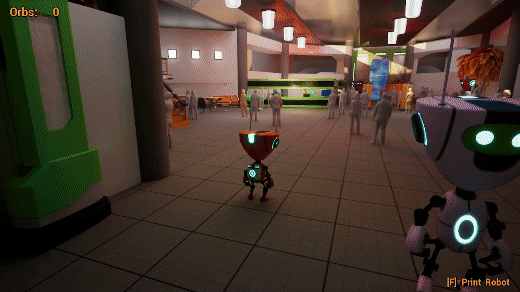
Creating Districts
-Within a level a a whole, I separate each “section” into districts to establish intended player experiences, such as a specific mechanic or emotional response..
-By using districts as a form of categorization, this allows the player to experience a space as either an intend sequence, or in semi/open levels, clear distinction play or feel.
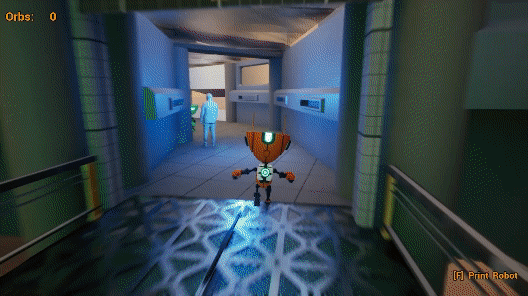
Meaningful Moments
-While blocking out a level, I purposefully iterate with the idea of tension and release in mind, as to allow the player to have moments of stress then release. I believe that having these moments engages the player to fully interact with a space and spend more time in them.
-By utilizing level beats as a design method, this allows me to create moment-to-moment gameplay and narrative points, which allows for not only the level to feel engaging, but also keeps narrative cohesion.













